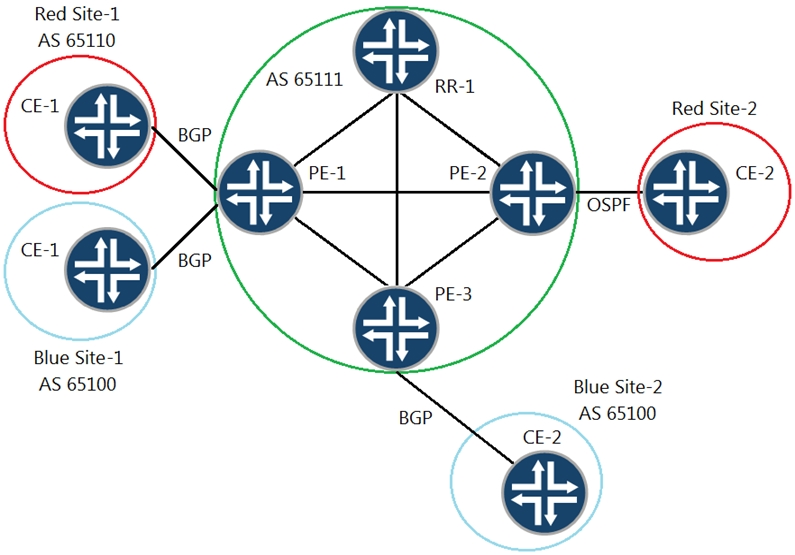
Expert Verified, Online, Free.


You have a Layer 3 VPN established between PE-1 and PE-2 as well as between PE-1 and PE-3. You are using a route reflector (RR-1) to distribute VPN routes to your IBGP peers. You are asked to ensure that only relevant routes are sent from RR-1 to each of the PE routers.
Referring to the exhibit, which statement is correct?
amart6936
Highly Voted 2 years, 5 months agomohdema
Most Recent 1 year, 4 months agoDIbyam
1 year, 6 months agojncie_examer
1 year, 6 months agoNikitas
2 years, 5 months agoAnniesyed1234
2 years, 5 months agoSct38
2 years, 7 months agoPgabusz
2 years, 7 months agoeasynet
2 years, 7 months ago